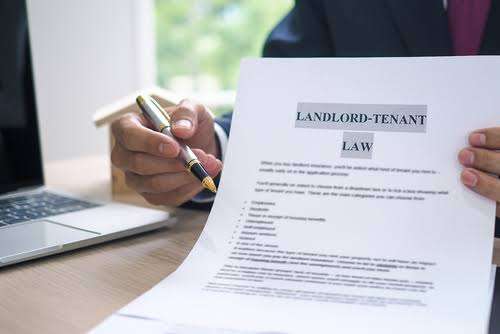Author: Atteeq ur rahman
The responsibilities of a Section 8 landlord encompass a wide range of tasks and obligations.
From ensuring compliance with the Housing Quality Standards set by HUD to handling paperwork such as Request for Tenancy Approval forms and Housing Assistance Payments contracts, landlords play a critical role in providing safe and suitable housing for Section 8 tenants.
Regular maintenance, thorough tenant screening, and cooperation with annual PHA inspections are also essential aspects of this role.
By fulfilling these responsibilities, landlords can ensure the well-being of their properties and create a positive living environment for Section 8 tenants.
Meeting HUD Housing Quality Standards
The HQS consists of 13 key areas of housing quality, performance requirements, and acceptability criteria, such as sanitary facilities, food preparation, and thermal environment. Landlords are also required to submit RFTA forms and HAP contracts. The RFTA form is the initial document to accept a Section 8 tenant and the HAP contract is the agreement between the landlord and the local Public Housing Agency (PHA).
Meeting HUD Housing Quality Standards is a crucial responsibility for Section 8 landlords. In order to participate in the Section 8 program, landlords must follow and maintain the Section 8 housing landlord requirements. These requirements are enforced by the U.S. Department of Housing and Urban Development (HUD) and include compliance with the Housing Quality Standards (HQS).
It is important for landlords to understand and meet these standards in order to ensure the quality and suitability of their Section 8 rental units.
Handling RFTA Forms and HAP Contracts
To properly fulfill their obligations as Section 8 landlords, it is essential for property owners to efficiently handle section 8 landlord forms like RFTA forms and HAP contracts in accordance with the guidelines set by the U.S. Department of Housing and Urban Development (HUD).
The RFTA form, or Request for Tenancy Approval, is the initial document used to accept a Section 8 tenant. It requires details such as the Public Housing Agency (PHA) name, unit address, and lease start date.
The HAP contract, or Housing Assistance Payments contract, is an agreement between the Section 8 landlord and the local PHA. It finalizes the rent rate and establishes the responsibilities of both parties. The HAP contract consists of three parts: contract information, the body of the contract, and a tenancy addendum.
Efficiently handling these forms and contracts is crucial for a smooth and successful Section 8 rental process.
Coordinating Annual PHA Inspections
The Section 8 landlord is responsible for arranging and facilitating the annual inspections conducted by the Public Housing Agency (PHA) to ensure compliance with housing quality standards. These inspections are crucial to maintain the quality and safety of Section 8 properties.
The PHA officials visit the property to assess its compliance with the Housing Quality Standards (HQS) set by the U.S. Department of Housing and Urban Development (HUD). Landlords are usually requested to attend these inspections.
The HUD inspection form and checklist are used during the inspection to evaluate various areas, such as sanitary facilities, food preparation, thermal environment, and more.
It is important for Section 8 landlords to stay proactive and ensure their properties meet the required standards to avoid any potential compliance issues.
Conducting Tenant Screening and Maintenance
Section 8 landlords are responsible for conducting thorough tenant screening and prioritizing regular maintenance to ensure the integrity and sustainability of their rental properties.
Tenant screening is crucial for all landlords, including those participating in the Section 8 program. Section 8 tenants have specific income requirements, and landlords should conduct credit, criminal, and eviction checks to assess their reliability. It’s important to consider payment history, criminal records, and eviction history. However, discrimination based on source of income may be illegal in some states.
Regular maintenance is essential to protect against unexpected repairs and to comply with the PHA inspections. Landlords should be aware of how tenants treat the property and prioritize preventative maintenance to prevent costly surprises. Neglecting inspections and maintenance is not recommended for Section 8 units.
Conclusion
In conclusion, the responsibilities of a Section 8 landlord are essential in ensuring the quality and safety of housing for tenants.
By adhering to HUD’s Housing Quality Standards, submitting necessary forms and contracts, cooperating with inspections, and conducting thorough tenant screening and maintenance, landlords can fulfill their obligations and provide suitable living conditions for Section 8 tenants.



